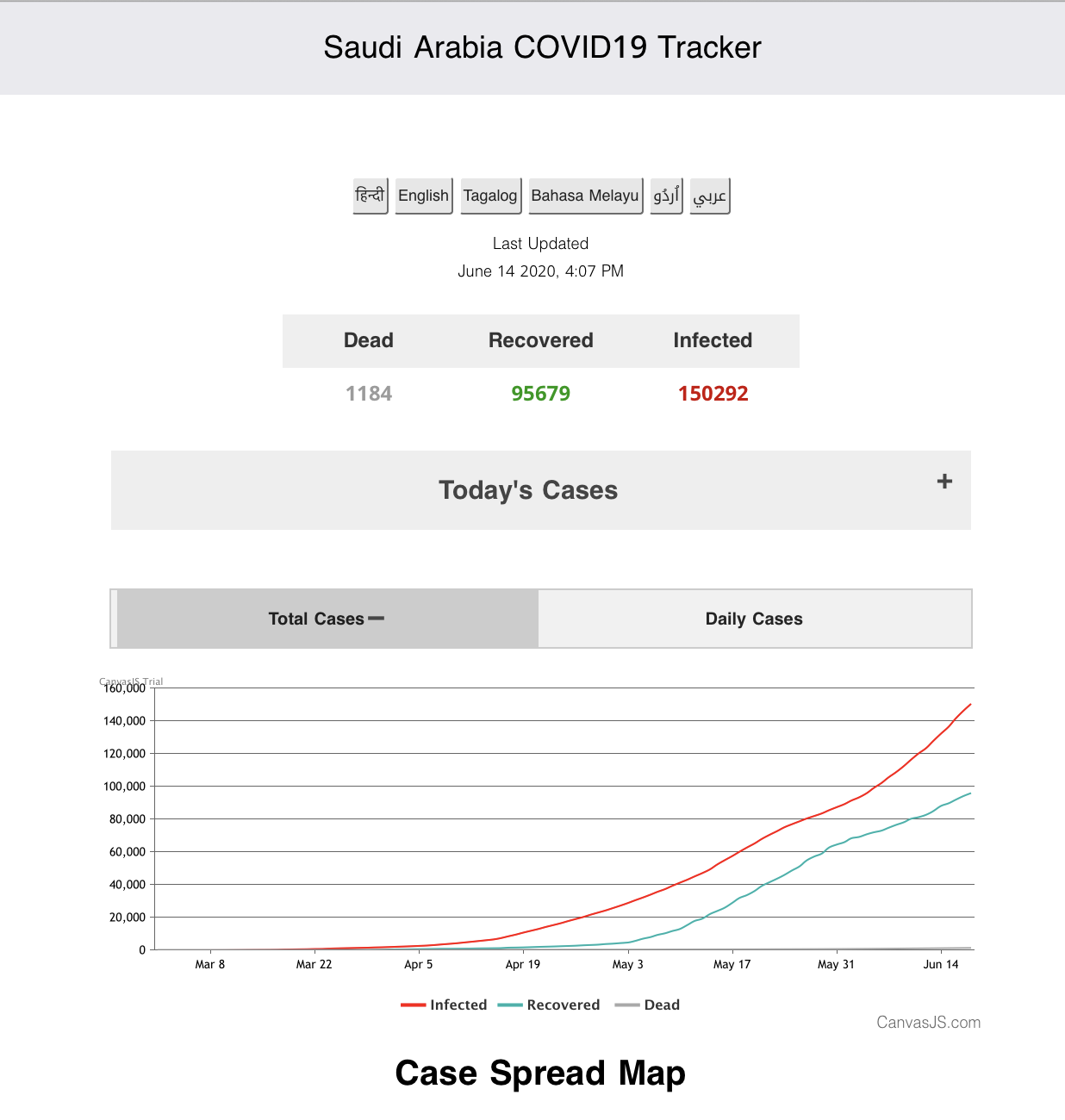Link to Map: (Click Here)
The Government Map is the first comprehensive and interactive network map of Saudi Arabia’s government ecosystem. It compiles information from 1,000+ publicly-available legal & policy documents to allow policy professionals to easily and visually navigate 450+ government entities.
Table of Contents
How to Use The Map
Project Motivation
Map Architecture
Board Representation
Reverse Board Representation
Vision 2030 Initiatives
Data Collection Process
1. How to Use The Map
Zoom in/out just like you’d do on a google map.
Use the filters in the bottom to look at entities by Entity Type, which Vision Realization Programs it reports to, or Board Chairman.
Use the Search Bar on top to find an entity by name (in English)
Click on an entity to open up the entity card, which displays the entity’s information.
While having an entity selected, click on the Focus button on the right to only see entities connected to it in the first degree. Click on the up/down arrows around the Focus button to switch to second or third degrees.
2. Project Motivation
A. Even insiders struggle to answer:
What entities make up the government ecosystem?
Where does each entity fit?
How does each entity contribute to Vision 2030?
B. Vision 2030 demands continuous coordination across a complex web of institutions. As the scope of the vision increases, institutional visibility is an operational necessity.
3. Map Architecture
The project uses the nodes and edges concepts from graph theory to outline the entities and connections that make up the Saudi government ecosystem.
Entities are government organizations working to serve the public interest. They include Ministries, Authorities, Royal Commissions, and more.*
Connections are the ways in which an entity reports to another entity. A connection could be one of three types:
Organizational Reporting الارتباط التنظيمي
Chairmanship of the Board of Directors رئاسة مجلس الإدارة
Ownership الملكية - for government-owned companies
Organizational Reporting was used as the highest degree of attachment in this project. It is displayed as a direct line between one entity and another, while Chairmanship and Ownership are displayed as dotted lines.
In the example below five entities are outlined based on their relationship to the Minister of Energy role:
Ministry of Energy - reports organizationally to the Minister
Tarshid (company) - chaired by the Minister and owned by the Public Investment Fund
KAPSARC - both reports to and is chaired by the Minister
Saudi Electricity Regulatory Authority - chaired by the Minister and reports organizationally to the Prime Minister
Saudi Energy Efficiency Center - both reports to and is chaired by the Minister
4. Board Representation
Most entities except Ministries are governed by a Board of Directors. The composition of an entity’s board is written into law through the Council of Ministers, and is set either by role (e.g. a Representative from the Ministry of Energy) or individual (e.g. XYZ Person). Government entities appointed on a board are typically relevant to that entity’s function.
For example, the composition of the Board of Directors of the Saudi Tourism Authority is as follows:
Chairman of the Board
Minister of Tourism
Members of the Board of Directors
Ministry of Culture
Ministry of Sport
Ministry of Tourism
General Entertainment Authority
General Authority of Civil Aviation
Public Investment Fund
5. Reverse Board Representation
We also found it useful to track the Board of Directors that each entity serves on. For example, the Saudi Tourism Authority has appointed board seats at the Real Estate General Authority and the Saudi Geological Survey، indicating correlation between the mandates of these entities.
Ministries serve on far more boards than other entities, with the Ministry of Finance topping the charts with board seats at over 60 entities.
6. Vision 2030 Programs and Initiatives
Vision 2030 is composed of 11 Vision Realization Programs (VRPs) that oversee and ensure the progress of initiatives being fulfilled under their mandate. Despite their name, VRPs are full-fledged organizations dedicated to tracking and often funding the initiatives under their mandate. Each initiative is handed to a government entity to execute and tracked by the VRP through it’s lifecycle. There were over 600 initiatives in the 2021-2025 cycle.**
For example:
VRP: Quality of Life Program
Initiative: Develop the home entertainment sector
Executer: Ministry of Communications and Information Technology
7. Data Collection Process
The project is composed of a database and a map built on top of the database.
The database was built by reviewing (entirely manually) over 1,000 legal documents from the National Center for Archives & Records (NCAR) and the Bureau of Experts at the Council of Ministers (BOE). This included opening each document, reading and confirming the relevant information, and manually logging it into the database.
The Vision 2030 data was collected through the Vision Realization Program execution documents for the 2021-2025 cycle published by the Vision 2030 website. It included the collection, classification, and attribution to each executing entity of roughly 600 initiatives.
The Public Investment Fund data was collected via the PIF Company Directory. Board Member information of PIF companies was collected through NCAR, BOE, Umm Al Qura Newspaper, the Saudi Press Agency, or each company’s website.
Notes
(*) Certain government roles such as Minister (وزير), Prime Minister (رئيس مجلس الوزراء), or Governor (أمير منطقة) have entities organizationally reporting (ارتباط تنظيمي) to them, and are considered as stand-alone entities in this project.
(**) According to the publicly available 2021-2025 VRP execution plans documents.









